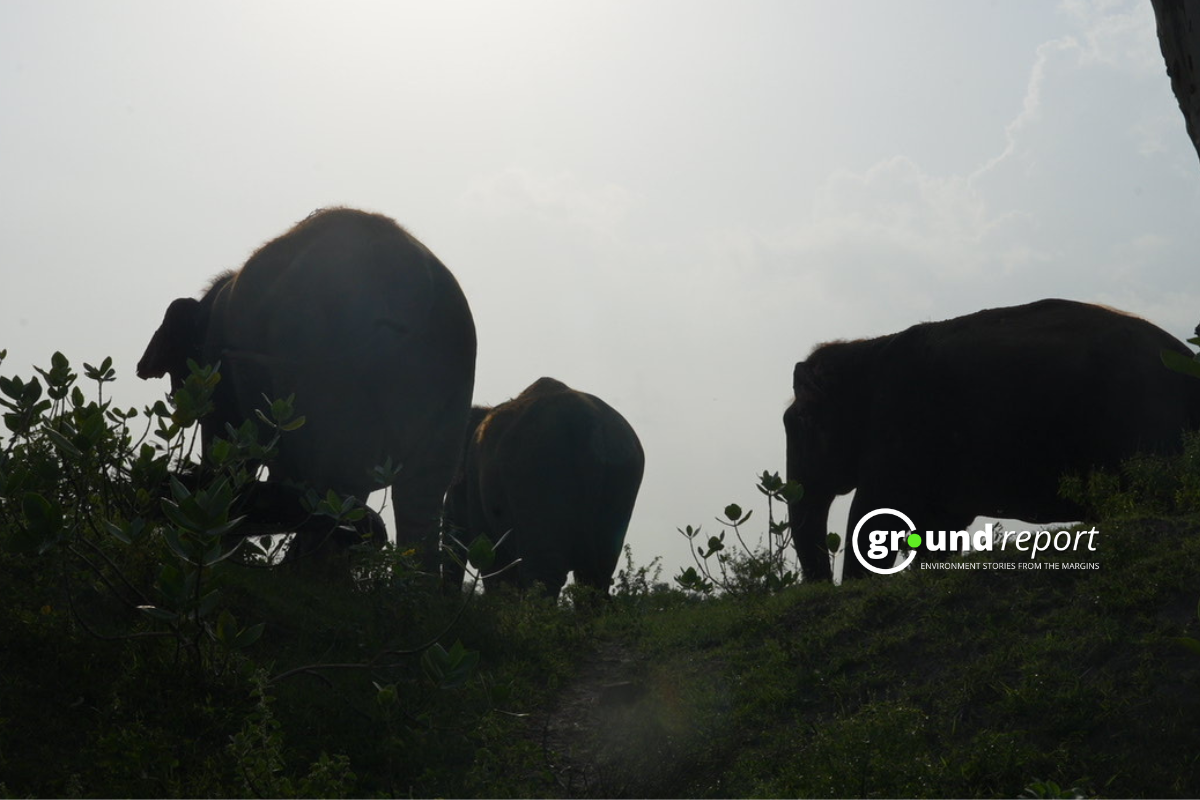The Terai-Duar region is a unique savanna grassland ecosystem at the Himalayan foothills, spanning parts of India, Nepal, and Bhutan. Covering around 35,000 square kilometers, it is home to diverse wildlife, including the Nilgai, Asian elephants, Greater one-horned rhinoceros, and endangered Wild water buffalo. Known as the world’s tallest grassland, the Terai-Duar region is an important biodiversity hotspot, distinct from traditional wetlands and grasslands.
The Terai-Duar areas consists of grasslands, wetlands, forests, and savannas. “Terai” comes from the Urdu word “tarai,” meaning “land at the foot of a watershed,” referring to its position below the Himalayan foothills. The area’s name is appropriate given its low-lying areas with a high water table. In the rainy season, water often rises from hand pumps and borings, flooding the land. Seasonal flooding impacts the wetlands, grasslands, and forests.
‘तराई’ शब्द ‘तर’ शब्द से बना है जिसका मतलब पानी से भरा होना है। तराई क्षेत्र, हिमालय की तलहटी में स्थित लगभग ८०-१०० किलोमीटर चौड़ी और तक़रीबन १००० किलोमीटर लंबी पट्टी है जहां वाटर टेबल २-४ मीटर नीचे आसानी से मिल जाता है। बारिश में तो पानी उल्टा हैंडपंप और बोरिंग से बाहर बहने लगता… https://t.co/wJkctd9GrZ
— Ramesh Pandey (@rameshpandeyifs) September 29, 2024
The Ganga and Brahmaputra rivers, carrying silt from the mountains to the floodplains, formed the Terai-Duar region’s ecosystem over millions of years. Annual monsoon floods bring nutrients, enriching the soil and supporting diverse life. The result is a savanna-like grassland, but with distinct characteristics from other global savannas, like Africa.
How Terai differs from wetlands?
The main difference between the Terai and wetlands lies in the land composition and water management. Wetlands are areas where water saturates the soil, permanently or seasonally, characterized by waterlogged soils and aquatic plants. They exist worldwide in various climates, from tropical swamps to tundra wetlands.
The Terai region includes wetlands, but it’s more than that. It’s a complex system of grasslands, forests, and savannas coexisting with wetland areas. Seasonal flooding brings water, but doesn’t create a permanently saturated environment like traditional wetlands. Instead, the Terai is more dynamic, with fluctuating water levels that support terrestrial and aquatic life.
Wetlands lack the tall grasses and savanna features of the Terai-Duar region. Instead, they support waterlogged soil plants like reeds and water lilies. The Terai’s mix of grasslands, wetlands, and forests allows for a more diverse range of species, including large herbivores and carnivores not found in traditional wetlands.
Grasslands, like African savannas or North American prairies, have few or no trees. They are found in dry areas with a low water table and do not experience the seasonal flooding of the Terai region.
The Terai-Duar region has savanna characteristics but is distinct from traditional grasslands due to its unique combination of grassland, forest, and wetland ecosystems. This allows a wide variety of species to thrive, from herbivores like deer and antelope to large predators like Bengal tigers and leopards.
Traditional grasslands host fewer large species due to the lack of diverse habitats from the Terai’s forests and wetlands. Grasslands experience drier conditions and are not influenced by nearby rivers or seasonal flooding.
Wildlife and threats to Terai-Duar
The Terai-Duar region’s diverse ecosystem supports unique and endangered species. It’s home to five deer species: Indian hog deer, Swamp deer, Sambar, Indian muntjac, and Chital. Large animals like Nilgai, Asian elephants, Greater one-horned rhinoceros, and Gaur roam the grasslands. It’s one of the last refuges for the endangered Wild Water buffalo.
The Terai-Duar grasslands attract predators like Bengal tigers, Indian leopards, and Clouded leopards. The region has high densities of tigers and rhinos in Asia. Many threatened species, like the Pygmy hog, Hispid hare, Bengal florican, and Gharial, find refuge here.
Despite its ecological importance, the Terai-Duar region is threatened. Only 2% of the original grassland cover remains in the Indian subcontinent. Illegal logging, poaching, overgrazing, and agricultural land conversion have reduced the ecosystem size. Human development projects, including river diversion, have disrupted the natural water flow, further endangering the region.
The World Wildlife Fund (WWF) classified the Terai-Duar savanna as an endangered ecosystem. To protect it, India and Nepal launched the Terai Arc Landscape (TAL) initiative to conserve the region’s remaining grasslands and wildlife. The program covers 14 protected areas across the two countries, including India’s Dudhwa Tiger Reserve and Nepal’s Chitwan National Park, which are key for species like tigers and rhinos.
Support us to keep independent environmental journalism alive in India.
Keep Reading
Part 1: Cloudburst in Ganderbal’s Padabal village & unfulfilled promises
India braces for intense 2024 monsoon amid recent deadly weather trends
Follow Ground Report on X, Instagram and Facebook for environmental and underreported stories from the margins. Give us feedback on our email id greport2018@gmail.com.
Don’t forget to Subscribe to our weekly newsletter, Join our community on WhatsApp, and Follow our YouTube Channel for video stories.








